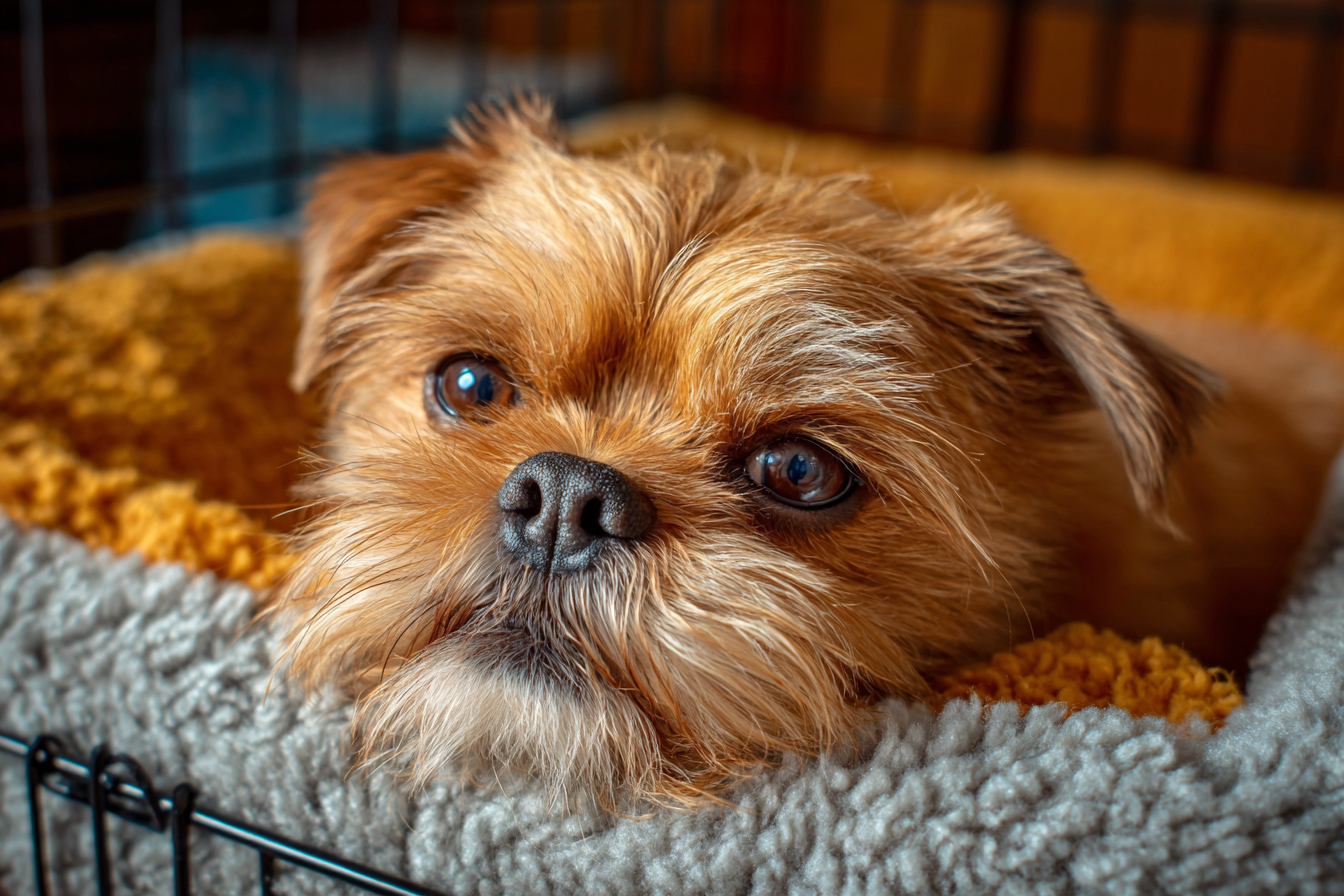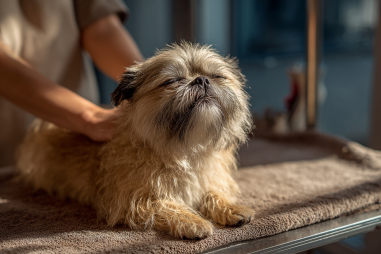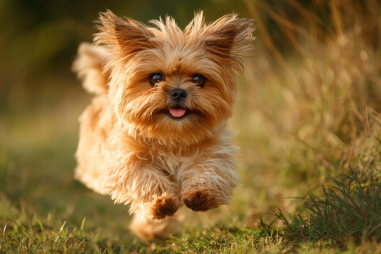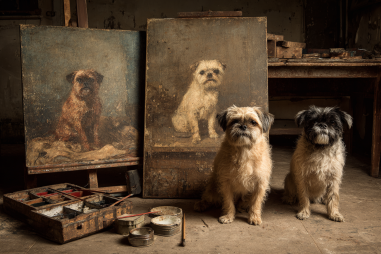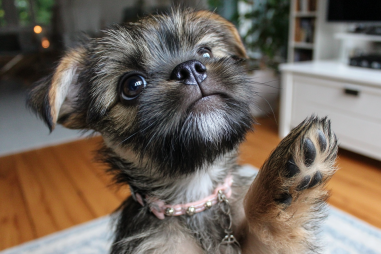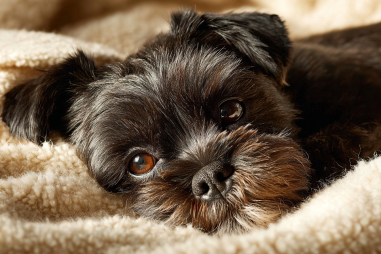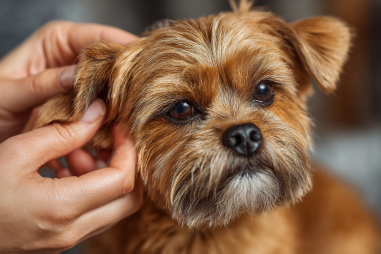Crate training is one of the most effective ways to provide your Brussels Griffon with a safe, comfortable space that’s all their own. Not only does it help with housebreaking and behavior management, but it also offers your furry friend a cozy den where they can relax and feel secure. If you’re thinking about crate training your Brussels Griffon or are looking for ways to improve your current routine, there are practical tips and strategies that can make the process smoother and more enjoyable for both you and your dog.
Benefits of Crate Training for Brussels Griffons
Brussels Griffons are lively and intelligent little dogs, known for their affectionate and sometimes stubborn nature. Crate training can be a real game-changer in managing their energy and providing structure. Here are some key benefits:
- Safety: A crate keeps your Griffon safe when you’re not able to supervise, preventing them from chewing on shoes, electrical cords, or getting into other trouble.
- Housebreaking: Since dogs naturally avoid soiling their sleeping area, a crate becomes an excellent tool to accelerate potty training.
- Reduces Anxiety: Brussels Griffons love their humans but can sometimes be anxious or clingy. A crate offers a den-like space that provides comfort and security, helping them calm down during stressful situations.
- Travel Convenience: When properly crate trained, your Griffon will travel more comfortably and safely in a crate during car rides or air travel.
- Routine and Boundaries: Crate training helps establish structure and boundaries, making it easier for your dog to understand expectations and behave appropriately.
Selecting the Right Crate Size and Type
The first step to successful crate training is choosing the right crate. This ensures your Brussels Griffon has enough space to move comfortably without feeling overwhelmed or cramped.
Consider these guidelines when selecting a crate:
- Size: The crate should be large enough for your Brussels Griffon to stand up, turn around, and lie down comfortably. Since Brussels Griffons are small dogs, a medium-sized crate is often sufficient. Avoid crates that are too big, as excessive space can encourage your dog to use one corner as a bathroom.
- Type: Crates come in various materials such as wire, plastic, or fabric. Wire crates provide good ventilation and visibility, while plastic crates offer a more enclosed, den-like atmosphere which some dogs prefer. Fabric crates are portable but less durable and not ideal if your dog tends to chew.
- Portability & Accessibility: If you plan to travel often with your Griffon or move the crate frequently, consider lightweight and foldable options.
Introducing Your Brussels Griffon to the Crate
The key to crate training success is introducing the crate gradually, making it a positive experience rather than a scary or punitive one.
Follow these steps to help your dog get comfortable with the crate:
- Choose the Right Spot: Place the crate in a common area where your dog feels included, such as the living room. Avoid isolated rooms that might make your dog feel lonely or scared.
- Make It Inviting: Add soft bedding and favorite toys inside the crate to make it a cozy retreat. Avoid putting food or water bowls initially to prevent messes but consider placing treats or chew toys inside.
- Open Door Policy: Leave the crate door open at first so your dog can explore it freely. Encourage curiosity by tossing treats inside and praising your Griffon when they go in voluntarily.
- Short Stays: Once your dog is comfortable entering the crate, encourage short periods of relaxation inside with the door closed. Start with just a few seconds and gradually increase the time.
- Be Patient: Never force your Brussels Griffon inside the crate. Forcing will create fear and resistance. Move at your dog’s pace and reward all positive interactions.
Positive Reinforcement Methods
Positive reinforcement is the secret sauce that makes crate training enjoyable and effective. Instead of associating the crate with confinement, your dog learns to see it as a rewarding space.
Here are some proven methods:
- Treats and Praise: Use small, tasty treats to reward your dog every time they go near or enter the crate. Combine treats with enthusiastic verbal praise and gentle pets.
- Feeding Meals in the Crate: Gradually move your dog’s food bowl inside the crate during regular mealtimes. This encourages them to build a positive association between the crate and something they love–food!
- Toys and Chew Items: Place durable chew toys or puzzle toys with treats inside to keep your Griffon entertained when in the crate. This helps reduce boredom and anxiety.
- Calm Departures and Returns: Avoid making a big fuss when leaving or welcoming your dog back. This minimizes separation anxiety associated with crate time.
Troubleshooting Common Crate Issues
Even with the best approach, crate training can present challenges. Here are some common problems and simple solutions for Brussels Griffon owners:
Whining or Barking
If your Griffon protests with whines or barks when placed in the crate, it could indicate discomfort or anxiety. First, ensure their basic needs like bathroom breaks and exercise are met before crate time. Reward quiet behavior and wait until your pup stops whining before letting them out so they don’t learn that noise equals freedom.
House Soiling in the Crate
If your dog is going potty inside the crate, it might be that the crate is too large, or they’re being left inside too long. Make sure the crate size is appropriate, and give frequent breaks throughout the day. Establish a consistent potty routine to encourage success.
Reluctance to Enter
If your Brussels Griffon seems reluctant to go into the crate, revisit your positive reinforcement techniques. Try feeding meals inside the crate or playing games near and inside it. Never force your dog inside, and celebrate every small step forward.
Maintaining Crate Training as Your Brussels Griffon Matures
Once your dog is comfortably crate trained, maintaining that behavior requires consistency and occasional reinforcement. Here’s how to keep the crate a happy place as they grow:
- Keep Using the Crate Regularly: Even adult dogs benefit from a cozy den space. Use the crate during quiet time, bedtime, or when you’re away from home.
- Update the Crate Setup: Refresh bedding, toys, and treats to keep the crate appealing. Consider a larger crate if your dog has outgrown the original size.
- Address Changes and Stress: Life changes like moving, new family members, or loud noises can affect your dog’s confidence. Reinforce crate training with extra positive experiences during these times.
- Avoid Using the Crate for Punishment: The crate should always be a safe and happy space. Punishment can create fear and undo months of training progress.
By remaining patient, consistent, and positive, you’ll ensure that your Brussels Griffon continues to see the crate as their special retreat.
Helping Your Brussels Griffon Feel at Home in Their Crate
Crate training your Brussels Griffon is more than just a training task—it’s about giving your dog a cozy sanctuary that supports their well-being. With the right benefits, crate selection, introduction approach, positive reinforcement, and troubleshooting strategies, you can make crate time a positive and stress-free experience.
Every Brussels Griffon is unique, so take the time to understand your dog’s personality and adjust the training pace accordingly. Your patience and love will foster a strong bond, creating a safe space that your Griffon treasures for years to come.

